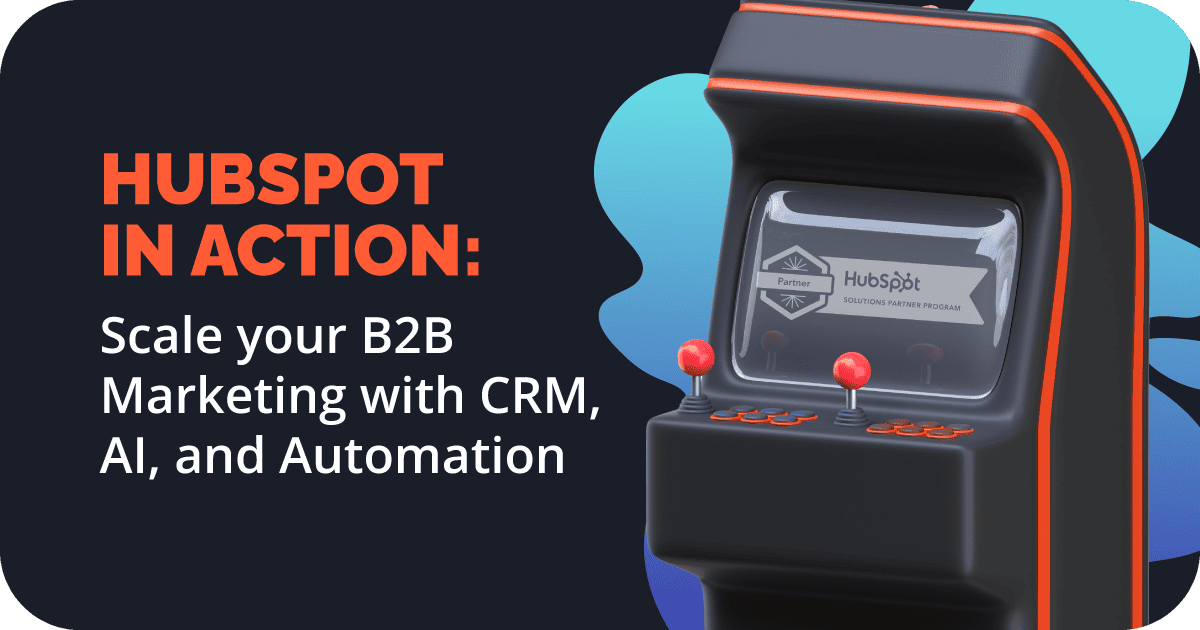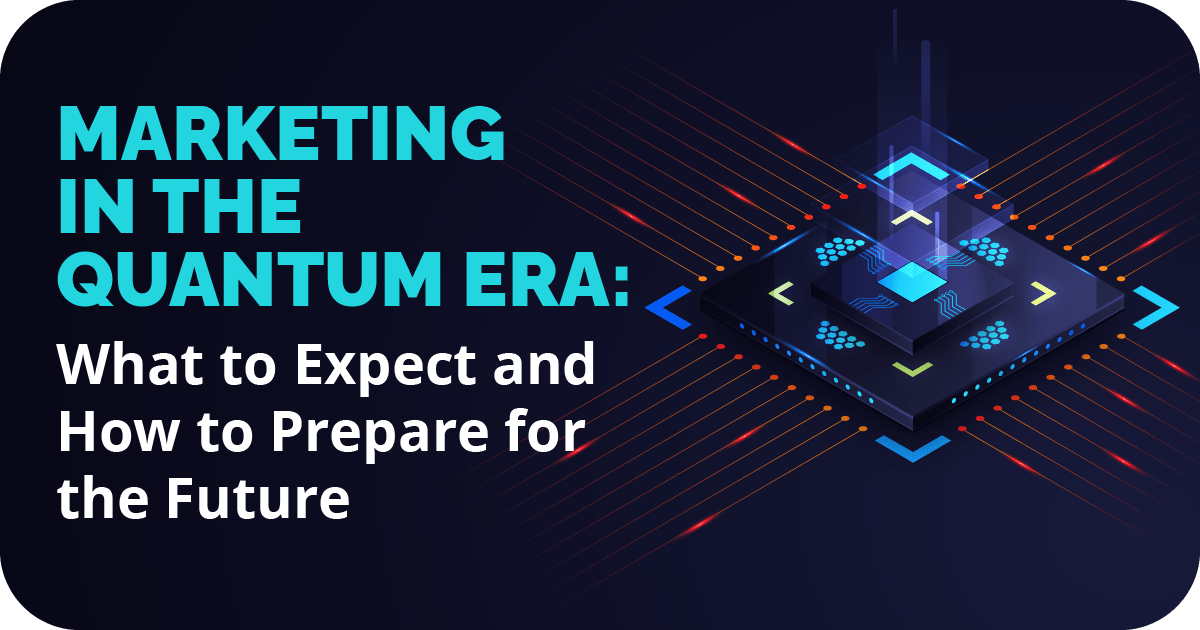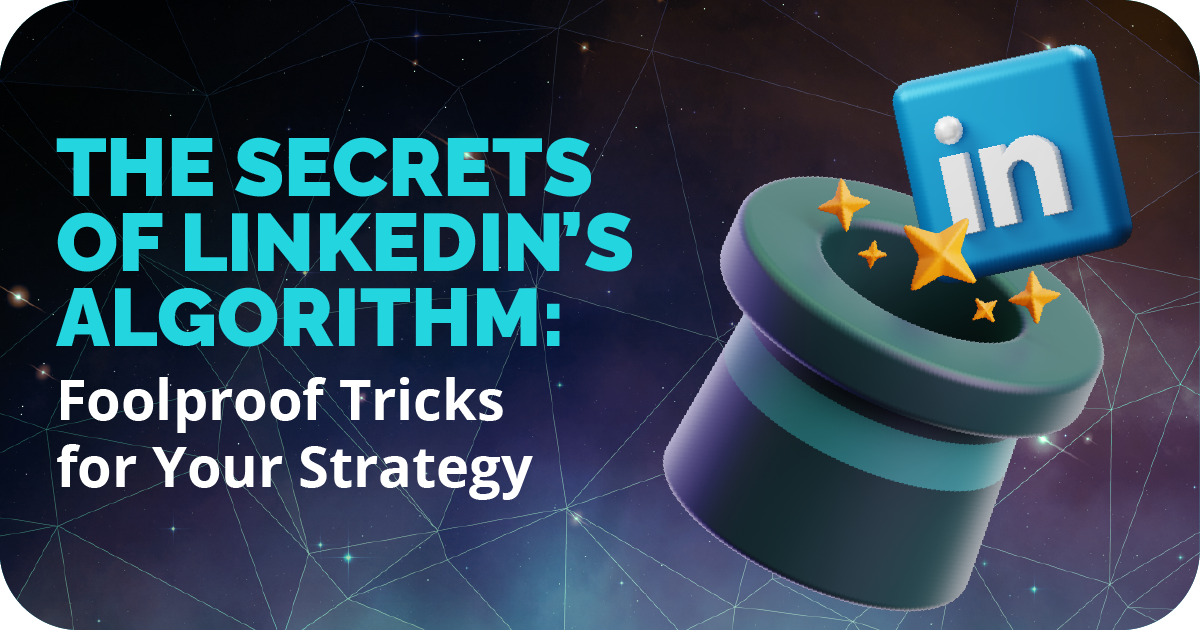Audio Branding
It is a highly effective neuromarketing tool that uses music and sounds to turn them into a brand’s mantra in order to associate ideas and values with it.
Audio branding forms part of the image of a product or service and goes beyond the visual image in campaigns or social networks. It is about the use of sounds and music to proactively and emotionally connect with consumers in the B2B (Business-to-Business) and B2C (Business-to-Consumer) sectors. This way, companies can build a sound story capable of making users identify with the values of their brand and differentiate themselves from their competitors, providing great value.
Since ancient times human beings have been able to connect their emotions and memories with sound stimuli. It is considered that we usually remember 80% more of what we hear than what we see. Sounds generate a reaction in people’s minds by generating dopamine, a hormone responsible not only for attention and motivation but for many other things as well. For this reason, companies need to consider stimulating the senses of their audiences throughout the customer journey.
The benefits sound interesting!
Do you dare to begin incorporating audio branding in your digital marketing strategy? Here are 5 benefits that will surprise you when doing so:
- Awaken emotions: Those who develop sensory marketing strategies know a lot about this. When used properly, sound can have a powerful effect on your brand for the sensations it provokes.
- More opportunities for attention: A visual logo requires a greater effort of attention. On the other hand, a sound logo goes straight to the mind, influences the emotions and, in addition, the consumer’s behavior.
- Improves brand recall: Hearing a sound activates the memory section of the brain, generating top of mind. Who has not memorized the “ta-dum” of Netflix before watching a series, film, or documentary on that platform?
- Defines the tone: By humanizing brands and making them more attractive, people react faster to sound than to other stimuli. It is a way to strengthen your online personality and show yourself as an approachable company.
- Build loyalty: The purpose of investing time and resources in your audio branding strategy is to generate long-term conversion and loyalty, and not to be viral and transient.
B2B Audio Branding
Beyond the obvious uses of audio branding in brands from the B2C sector, what happens in the field of B2B? The reality is that almost any product or service in this niche can be used to better connect with its audiences, therefore the sound identities in B2B brands used innovatively also have a significant impact, allowing them to differentiate themselves in the market. One clear example is Intel’s sound identity. Although their products are components within devices we have all used, we can quickly recognize the sound identity every time we hear it.
B2B brands are increasingly adopting the use of sound identities to differentiate themselves from their competitors while aiming to generate greater loyalty in their distribution channels and partners through their promotional action, incentive programs, and lead generation.

![]() Companies that use inspiring audio branding
Companies that use inspiring audio branding
Examples of iconic branding audio abound. Here’s a list of the ones we like the most at Isource Marketing:
Intel
Created by Austrian musician Walter Werzowa in the 80s, this 3-second logo has become one of the most recognized in history. A simple sequence of 5 notes.
Apple
With listening to the series of sounds from the first Mac of 1984 and on, it is enough to feel almost a chill when recognizing it.
Microsoft Windows 95
While Apple has been the top pick for “creatives,” Windows hit the mark with its launch of Windows 95 by commissioning pop icon Brian Eno to compose its startup sound.
Netflix
Netflix’s distinctive introduction before each series or movie – as we mentioned above – is being continuously repeated these days.
MGM Lion
The intro was originally created in 1916 by executive Howard Dietz. The lion gave its first loud roar in July 1928 for the premiere of the film White Shadows in the South Seas.
Here’s a sneak peek of our new audio branding!
Listen carefully!
It is the ideal time for companies in the B2B and B2C sector to reflect on how to consciously and effectively introduce the sound of their brands to the world. Its use helps to comprehensively connect branding efforts, and as incredible as it may sound, many companies fail to do so when it comes to creating strong brand identities. At Isource Marketing we have music and audio production professionals with extensive experience in advertising music and marketing! Contact us to learn more about us. Sounds good, right?

Creative Director
Passion: Music











